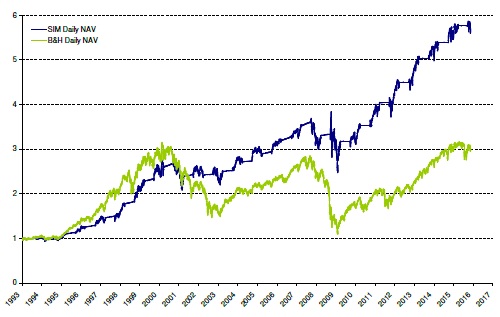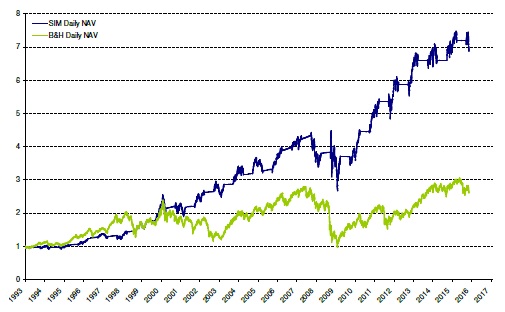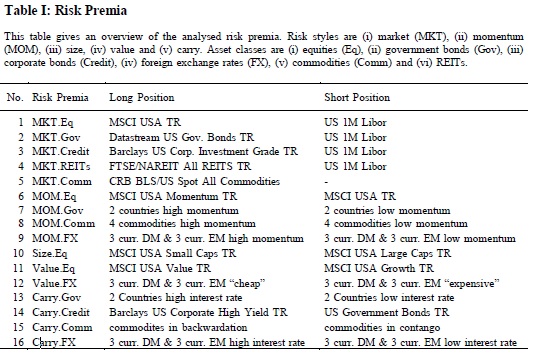A Closer Look At Ben Graham’s “Net Current Asset Value†(NCAV) Rule
A related paper has been added to:
#37 – Net Current Asset Value Effect
Authors: Oxman, Mohanty, Carlisle
Title: Deep Value Investing and Unexplained Returns
Link: http://papers.ssrn.com/sol3/papers.cfm?abstract_id=1928694
Abstract:
Following Ben Graham’s “net current asset value” (NCAV) rule for stock selection (“net net” strategy), we provide evidence that buying stocks in companies with per share NCAV greater than the current share price produced superior risk-adjusted returns over the 1975- 2010 period. The risk factors that explain the returns associated with these firms include market risk, market liquidity, a factor capturing overreaction (long-term reversal), and a relative distress factor. The only firm characteristics that drive excess stock returns for such firms are the analyst coverage, stock price per share, and turnover. Controlling for firm size and common risk factors, we find that returns are higher among net-net stocks with low analyst coverage, low stock price per share and lower trading volume.
Notable quotations from the academic research paper:
"We document that the average monthly return on a net-net portfolio is nearly 5% while the average monthly return on the equal-weighted CRSP is only 1.4% over the same period. We find that the market risk of net- net stocks is quite high. Surprisingly, the small-firm premium in our study does not have any significant explanatory power, nor does the value premium. The momentum factor, from Carhart (1997), has some explanatory power, as does the long-term reversal factor from DeBondt and Thaler (1985). Net- net firms are good candidates for explanation by way of the reversal factor because they are likely to be incorrectly undervalued, based on the firm’s fundamental characteristics. We also note that the leverage factor, based on Ferguson and Shockley (2003), has some explanatory power. It is still puzzling that all risk factors described above leave an unexplained alpha of between 4 and 5% per month.
We explore the relation between firm characteristics and the return anomaly in some detail. We find that firms that fall into the net- net category are typically small firms with high book-to-market ratios and low analyst coverage. Such firms also have significantly lower volume than the CRSP mean, and some of those firms are actually less illiquid than the CRSP mean. Net-net firms with per-share price of $5 or greater tend to be more liquid than the CRSP mean. In contrast, net-net firms with per-share price of $3-$5 are much less liquid than the CRSP mean. Controlling for risk factors and firm characteristics we show that the trading volume and analyst coverage are two key factors explaining the excess returns available to net-net firms."
Are you looking for more strategies to read about? Check http://quantpedia.com/Screener
Do you want to see performance of trading systems we described? Check http://quantpedia.com/Chart/Performance
Do you want to know more about us? Check http://quantpedia.com/Home/About










